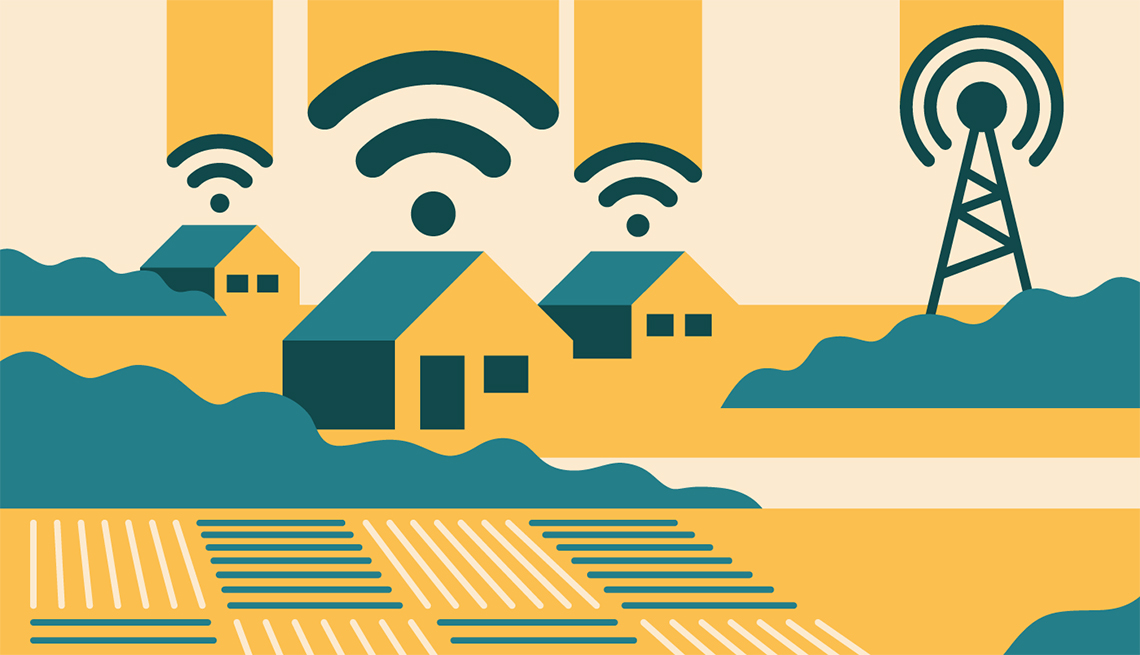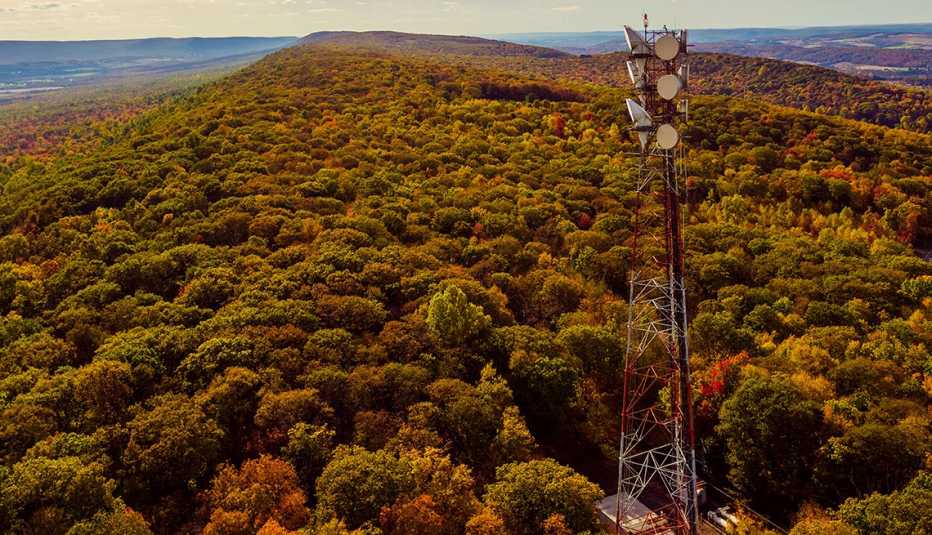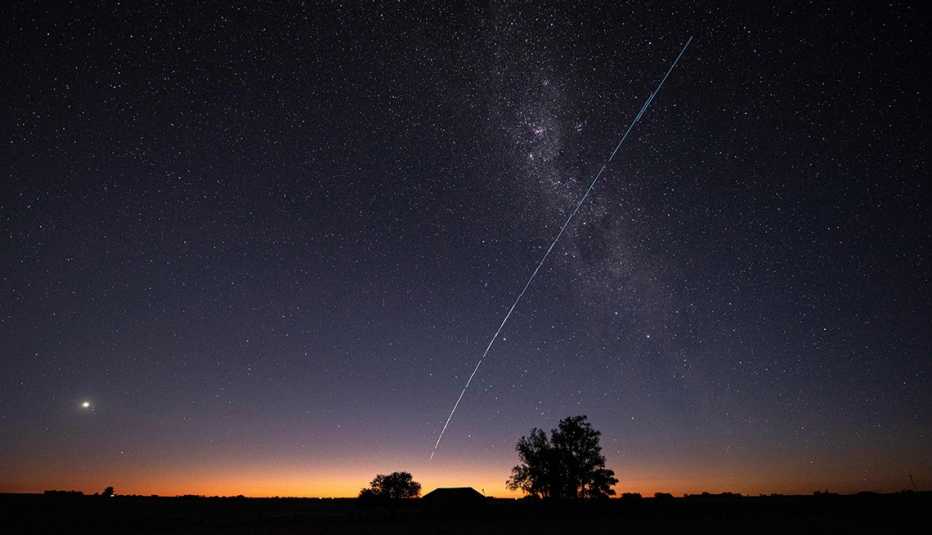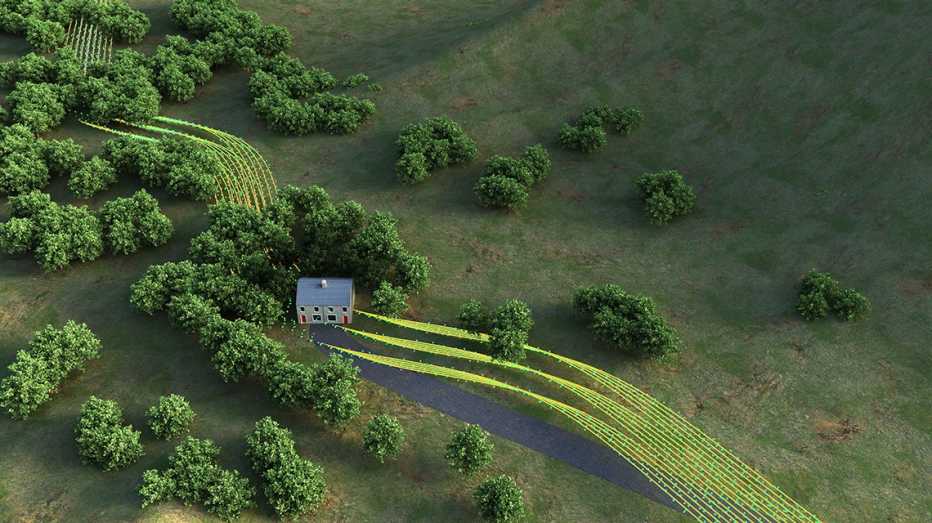Staying Fit
Traditionally, one of the joys — and banes — of living in the country has been a lack of internet access, but as technology marches forward, this, too, is changing.
Disconnecting from the frustrations of Facebook and other social media can be a relief. But as many learned during the pandemic, being unable to get high-speed internet access can make working, learning and video calling difficult, if not impossible, in rural areas.


AARP Membership— $12 for your first year when you sign up for Automatic Renewal
Get instant access to members-only products and hundreds of discounts, a free second membership, and a subscription to AARP the Magazine.
“The COVID experience was a tough time, and it taught us a lot,” says Michael Beesley, chief technology officer at Cisco Service Provider Networking. Cisco is the company behind the popular WebEx videoconferencing software. “The level of digital connectivity had a great effect in substantiating the assertion that broadband really is a vital utility.”
As of November 2023, more than 7.2 million homes and businesses still lacked access to high-speed internet service, according to the Federal Communications Commission (FCC) national broadband access map. That’s less than half of the 14.5 million Americans reported to have been without broadband internet access in 2019. But the digital divide remains wide because of cost and availability.
In particular, rural residents — about 1 of every 5 people in the U.S., according to the 2020 census — are more likely than suburban or urban residents to say that access to high-speed internet is a problem. While about two-thirds of those in rural areas say they have access to a fast connection at home, 57 percent say cost is a problem, according to a January 2022 AARP study, the latest available.

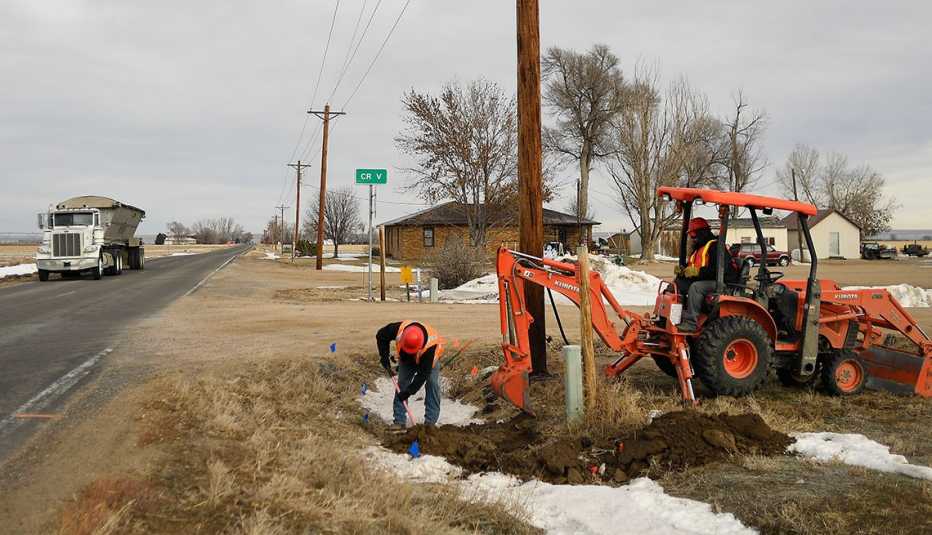
Grants, loans are transforming the landscape
All that is changing — gradually — thanks to the 2021 bipartisan infrastructure law and new technology.
High-speed internet access speeds improved by 44 percent from 2022 to 2023, according to a report from HighSpeedInternet.com, an internet provider comparison site. Nationwide speeds averaged more than 170 megabits per second (Mbps), more than enough to stream ultra-high-definition, 4K, video on your smart TV.
But suburban and rural areas with gigabit fiber optic cable, which means speeds of 1,000 Mbps, and 5G home internet skew the average upward, the report says. States with the slowest average speeds were typically those with a more rural population, including Alaska, West Virginia, Montana, Idaho, New Mexico and Vermont.
The median download speed that testers measured in Alaska was 35.51 Mbps. Vermont, the highest of the low, had a median speed of 60.81 Mbps, so half of the measurements were higher and half were lower.
Internet inroads into rural areas began in earnest in 2019 with a U.S. Department of Agriculture program called ReConnect. It has given nearly $5 billion in grants and loans to broadband providers to expand services in rural areas such as Chautauqua County, Kansas, on the border with Oklahoma, where Totah Communications of Ochelata, Oklahoma, received $4.1 million earlier this year to lay fiber optic cable that will expand download speeds of at least 100 Mbps and upload speeds of 20 Mbps to 213 people, five businesses and 33 farms.
The Broadband Equity, Access, and Deployment program began divvying up $42.45 billion in grants this past summer to upgrade internet service in all 50 states, the District of Columbia, American Samoa, Guam, Northern Mariana Islands, Puerto Rico and U.S. Virgin Islands. Its focus is on places without internet, with speeds below 25 Mbps and “underserved” locations that fall short of the 100/20 Mbps threshold, not just rural areas.
“We were totally out of the loop” on internet before getting high-speed service earlier this year in Lafourche Crossing, Louisiana, about 45 miles southwest of New Orleans, Jane Lyles told PBS Newshour. “We would sit at a friend’s house in the driveway for internet access, or we’d sit in a McDonald’s parking lot. … We had a block party when we got it. You just don’t realize how bad things are sometimes.”



























































